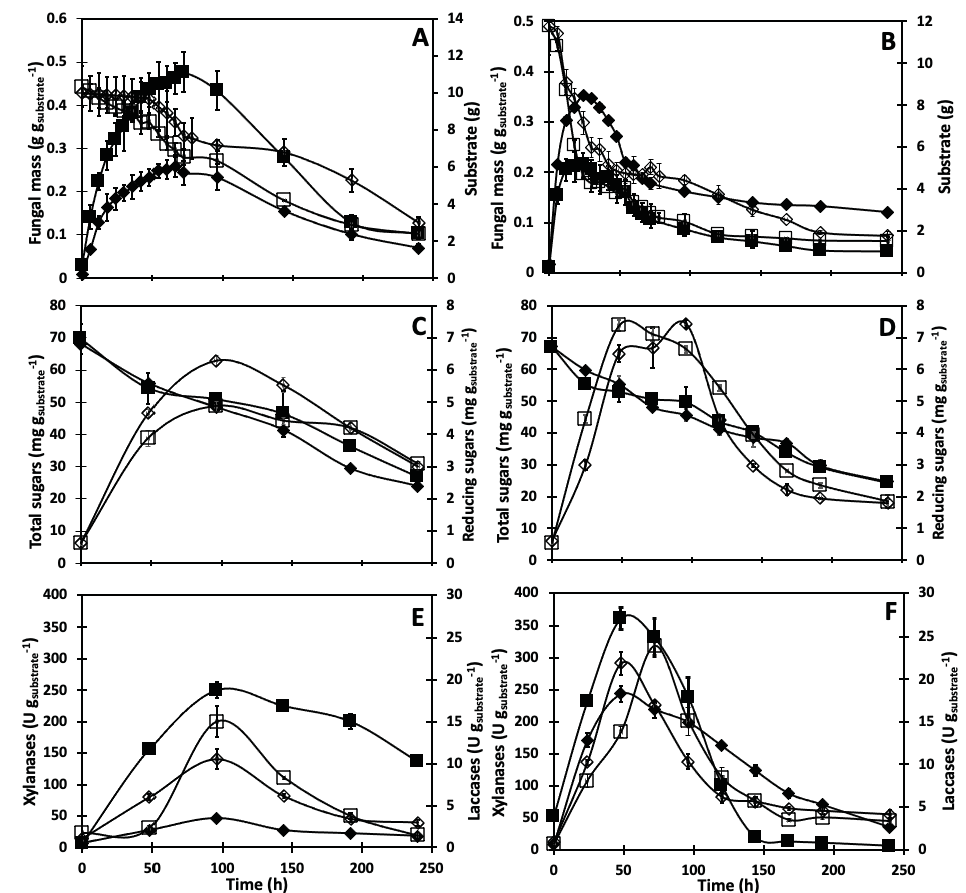 |
|
Aspergillus spp produced laccases and xylanases when grown on a solid-state culture on prickly pear peels. Peels were sun-dried, or dried in an oven at different temperatures. The drying rate, the coloration of the dried material, and the degradation susceptibility depended on the drying mode and on temperature. Drying rate was slower for sun-dried peels, and increased at higher temperatures on oven-dried peels. Sun-dried peels were brown, while oven-dried peels were greenish. Fungal cultures grew faster on sun-dried peels and reached highest enzymatic activities earlier. Oven drying caused hornification of peels, delaying both fungal growth and enzyme production. In our study laccases titers were higher than in previous studies using various agricultural residues. Prickly pear peels are a convenient substrate to produce a lignocelulolytic extract that can be used in several bioprocesses.
Keywords: laccases, xylanases, solid-state culture, particle characterization, hornification.
|
|
 |

